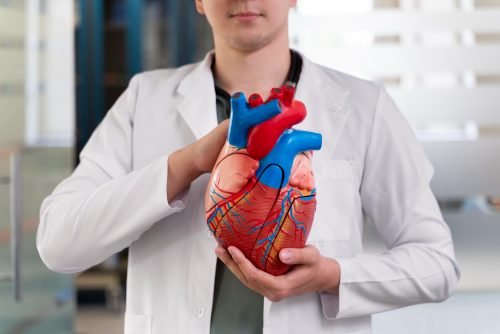The Non-Invasive Cardiology Department is a specialized unit within a hospital or medical center that focuses on diagnosing and managing cardiovascular diseases using techniques that do not require inserting instruments into the body. This department plays a crucial role in assessing heart health, monitoring cardiac conditions, and guiding treatment decisions.
Key Functions of the Non-Invasive Cardiology Department:
- Diagnostic Imaging:
- Echocardiography: An ultrasound-based imaging technique that provides detailed images of the heart’s structure and function. It helps assess heart valve function, chamber size, and the movement of the heart walls.
- Stress Echocardiography: Combines echocardiography with exercise or medication-induced stress to evaluate how the heart performs under physical stress. It is often used to diagnose coronary artery disease.
- Electrocardiography (ECG or EKG): A test that records the electrical activity of the heart. It is used to detect arrhythmias, heart attacks, and other cardiac conditions.
- Holter Monitoring: A continuous, 24-48 hour ECG monitoring system that tracks heart rhythms over an extended period. It is used to detect intermittent arrhythmias that might not be captured during a standard ECG.
- Cardiac Event Monitoring: Similar to Holter monitoring, but used over a longer period (weeks to months) to detect infrequent cardiac events.
- Cardiac MRI and CT Scans: Advanced imaging techniques that provide detailed images of the heart and surrounding blood vessels. Cardiac MRI is particularly useful for evaluating heart muscle diseases, while CT scans can assess coronary artery disease and detect calcium deposits in the coronary arteries.
- Cardiac Stress Testing:
- Exercise Stress Test: Monitors the heart’s response to physical exercise on a treadmill or stationary bike. The test helps diagnose coronary artery disease, assess exercise tolerance, and evaluate the effectiveness of treatments.
- Nuclear Stress Test: Combines exercise or medication-induced stress with nuclear imaging to visualize blood flow to the heart. It helps identify areas of reduced blood flow indicative of coronary artery disease.
- Ambulatory Monitoring:
- Ambulatory Blood Pressure Monitoring: Measures blood pressure at regular intervals over 24 hours to assess hypertension and evaluate treatment efficacy.
- Remote Cardiac Monitoring: Involves the use of wearable devices that transmit real-time data on heart rhythms and other cardiac parameters to healthcare providers, allowing for continuous monitoring of patients with chronic heart conditions.
